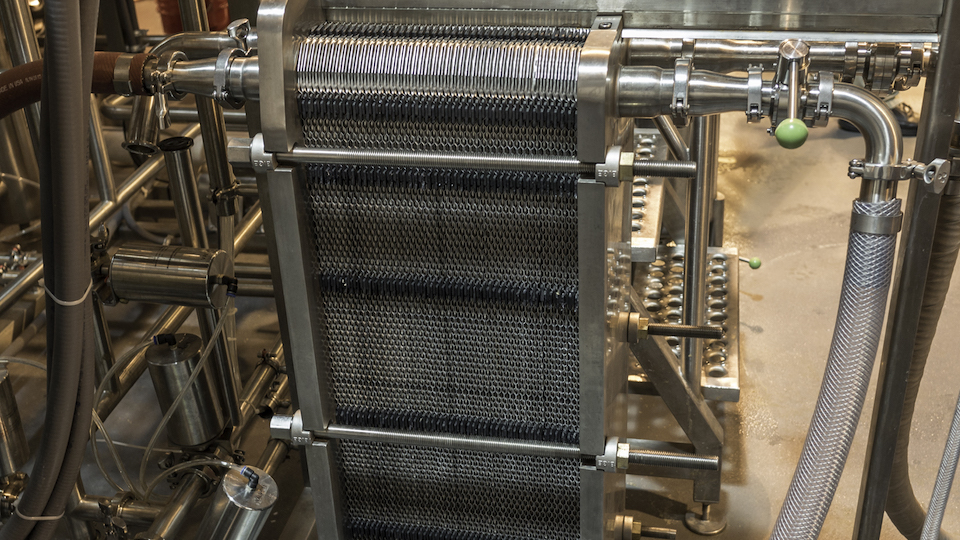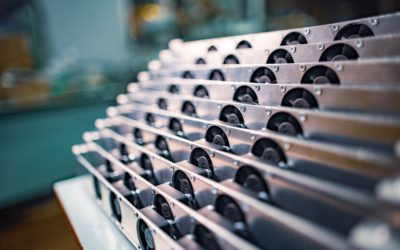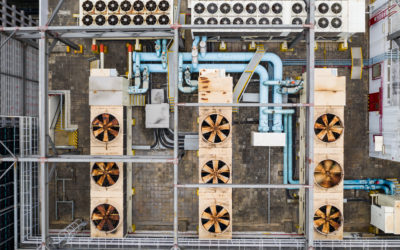How Antifouling Coatings Improve Heat Exchanger Efficiency
Introduction
Heat exchangers are a cornerstone of many industrial processes, playing an integral role in energy transfer in various applications. However, they can fall prey to the detrimental effects of fouling – an unavoidable challenge that can significantly reduce their efficiency. This blog post shines a spotlight on the role of antifouling coatings in improving heat exchanger efficiency.
What is Fouling?
Fouling refers to the accumulation of unwanted material on solid surfaces, a common issue in heat exchangers. This accumulation can stem from minerals, biological organisms, or various chemical reactions. Fouling can lead to corrosion, reduced heat transfer efficiency, increased pressure drop, and even total system failure if left unchecked.
The Impact of Fouling on Heat Exchanger Efficiency
Fouling creates an additional layer of insulation on heat exchanger surfaces, disrupting the smooth transfer of heat. The insulating layer forces the heat exchanger to work harder, consuming more energy and leading to increased operational costs. It also puts the equipment at risk of premature wear and tear, reducing its overall lifespan.
Enter Antifouling Coatings
This is where antifouling coatings step in. These specially formulated coatings are designed to prevent the accumulation of fouling agents on the heat exchanger’s surface, preserving its efficiency and lifespan. By maintaining a clean surface, antifouling coatings ensure optimal heat transfer and lower energy consumption.
How Antifouling Coatings Enhance Heat Exchanger Efficiency
- Improved Heat Transfer: By preventing the buildup of insulating deposits, antifouling coatings ensure that heat exchangers can transfer heat more efficiently, reducing the energy required for operation.
- Reduced Maintenance and Cleaning: With a decreased rate of fouling, heat exchangers require less frequent maintenance and cleaning, saving both time and resources.
- Extended Equipment Lifespan: Antifouling coatings help prevent corrosion and other forms of material degradation, extending the heat exchanger’s overall lifespan and reducing the need for early replacements.
- Lowered Operational Costs: With better heat transfer efficiency, less need for maintenance, and extended equipment life, antifouling coatings contribute to significantly lower operational costs.
Conclusion
In the fight against fouling, antifouling coatings emerge as a critical tool for maintaining and enhancing heat exchanger efficiency. By mitigating the damaging effects of fouling, these coatings help businesses optimize their operations, reduce costs, and extend the lifespan of their equipment.
To learn more about the right antifouling technology for your heat exchangers, feel free to contact our experts.



